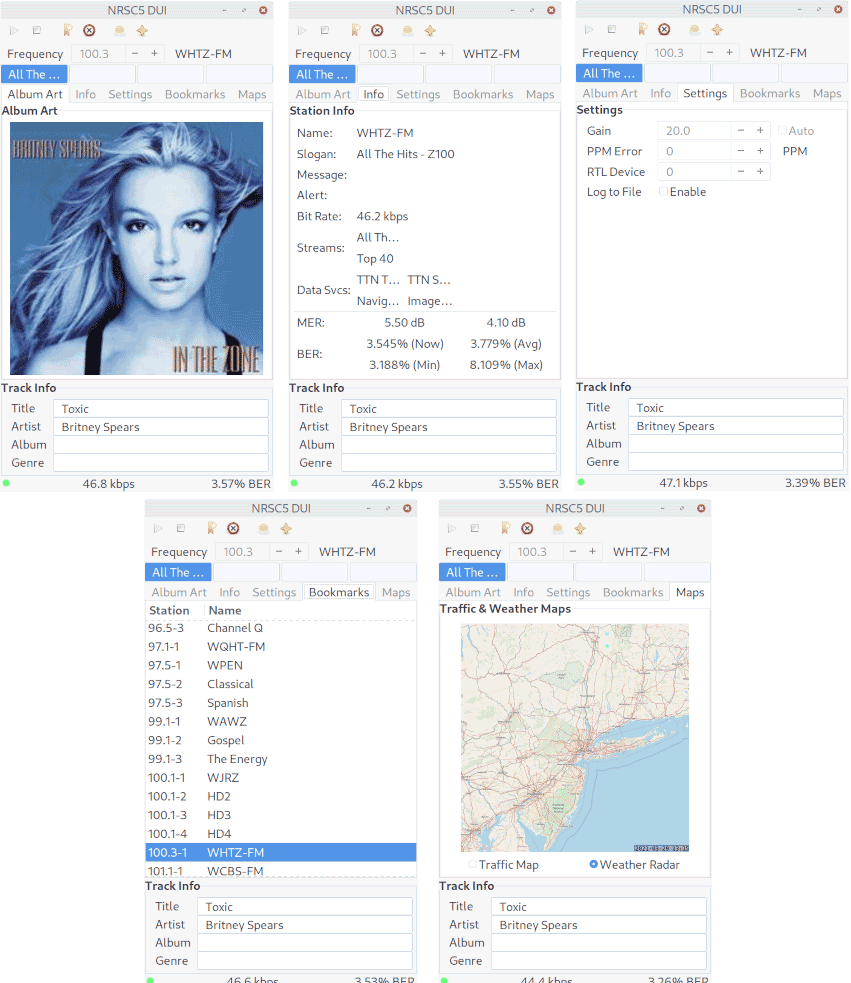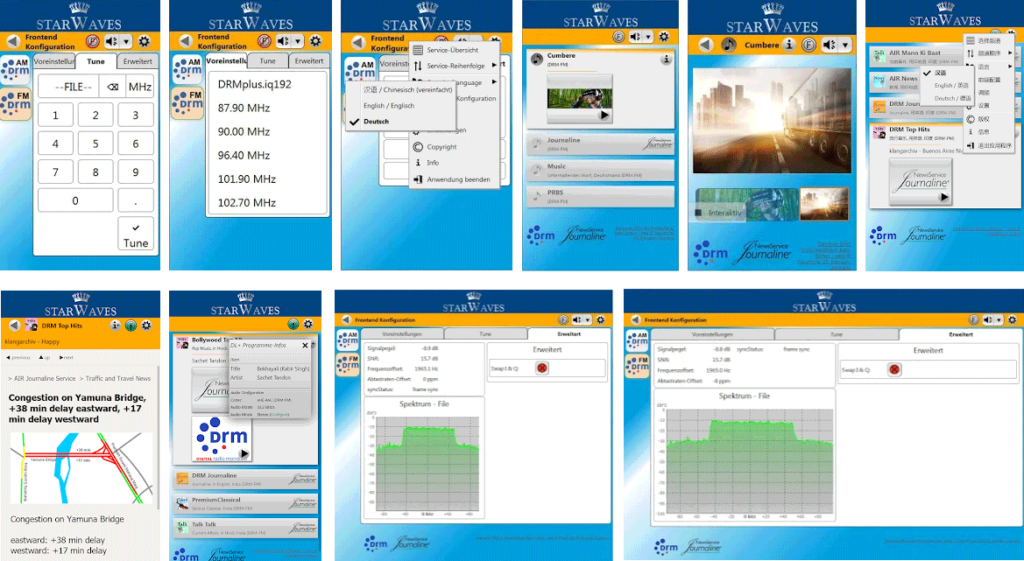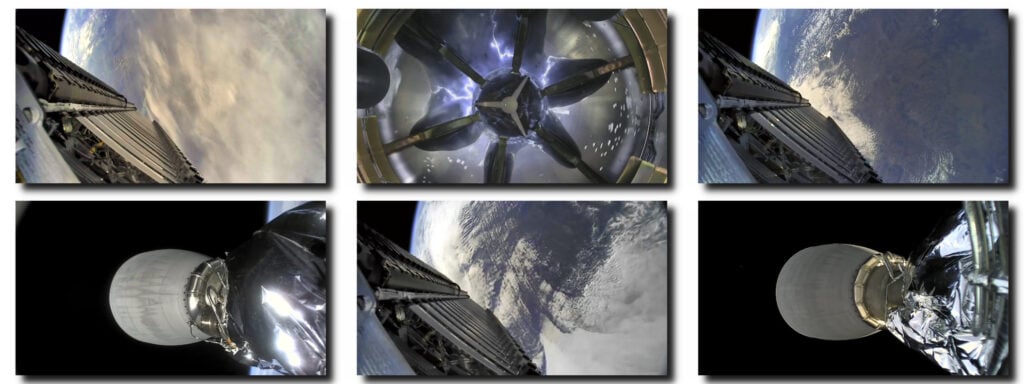NRSC5-DUI: An Updated NRSC-5 HD Radio Decoder for RTL-SDR
Recently we've seen on GitHub the release of NRSC5-DUI, a fork of NRSC5-GUI which was the first fully functional RTL-SDR compatible HD Radio decoder that we posted about back in 2017. HD Radio is a digital broadcast protocol replacement for analogue broadcast FM. It is only used in North America and is easily recognized as the two rectangular blocks on either side of a broadcast FM station signal on a spectrum analyzer/waterfall display.
According to a Reddit post by u/andrewfer000, NRSC5-DUI includes several upgrades from prior forks, including "better audio processing, better channel switcher, more station information, the option to pull album art from Discogs (currently broken due to Discogs anti-bot), better map displays, cleaner code, and optimizations for Python 3.9".
If listening to audio is not your thing, we also wanted to note that HD radio stations operated by iHeatMedia broadcast live traffic and weather radar data within their HD radio signal as well. With NRSC5-DUI this can be easily decoded and plotted on a map.
When listening to radio stations operated by iHeartMedia, you may view live traffic maps and weather radar. The images are typically sent every few minutes and will fill the tab area once received, processed, and loaded. Clicking the Map Viewer button on the toolbar will open a larger window to view the maps at full size. The weather radar information from the last 12 hours will be stored and can be played back by selecting the Animate Radar option. The delay between frames (in seconds) can be adjusted by changing the Animation Speed value. Other stations provide Navteq/HERE navigation information... it's on the TODO 'like to have' list.


